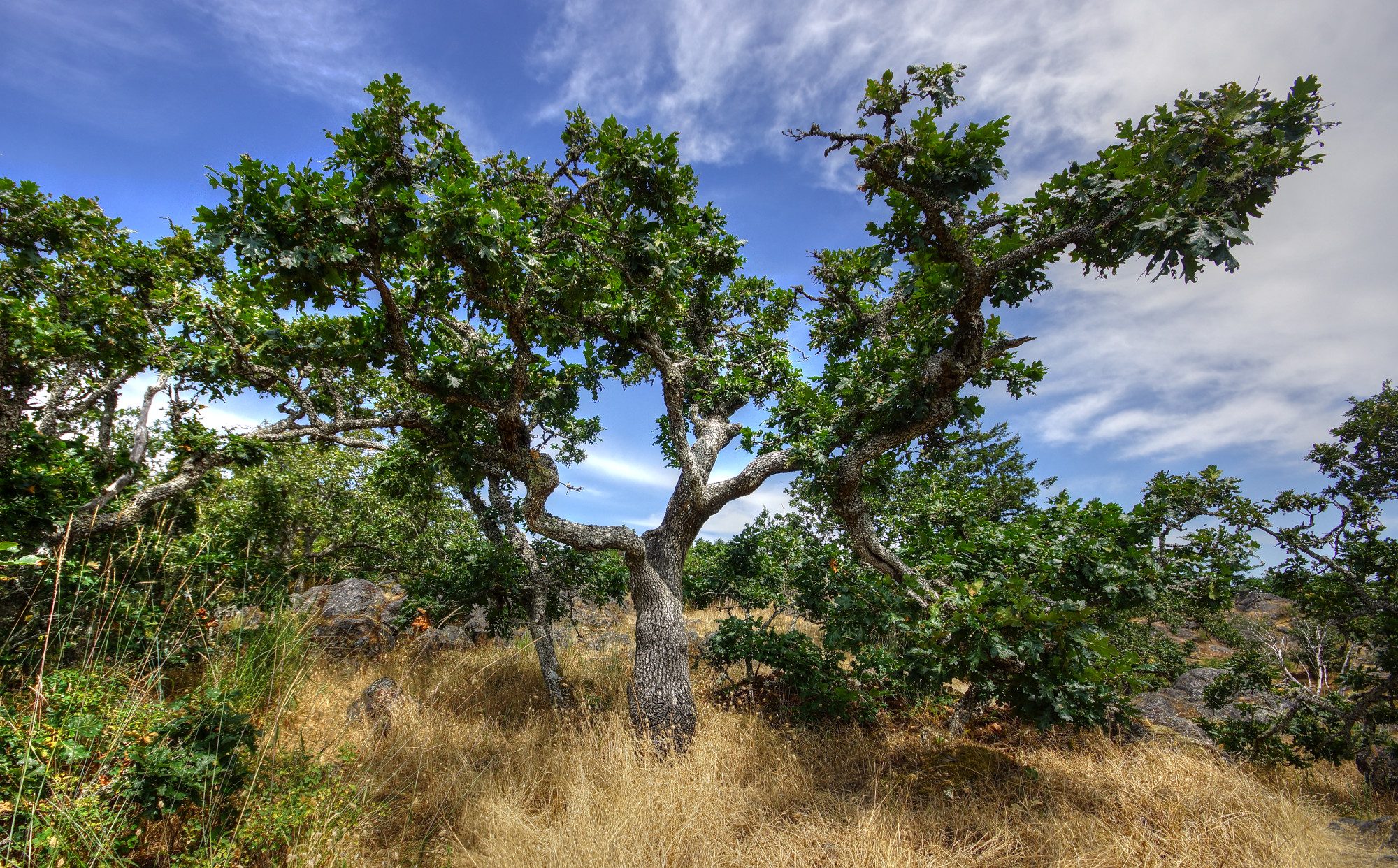Records of past plant communities often suffer from low taxonomic resolution due to the difficulty in identifying many pollen types beyond the family or genus level. This low taxonomic resolution constrains the ecological and environmental inferences that can be drawn from fossil records and masks past species abundances, interactions and interspecific responses to changes in climate.
Research in the lab focuses on increasing taxonomic resolution in the fossil record, so that paleoecology can move from mere descriptions of how plant communities change through time to testing hypotheses about species-specific ecologies using the fossil record. We produced a large morphometric dataset (n=21,390) on pollen from three species of Alnus (alder) in western North America and used multivariate analyses to devise a multi-trait identification method for differentiating Alnus pollen in fossil records. We have also developed morphometric identification keys for fossil conifer stomata in western Canada. Current research is focussed on developing an identification key for the pollen of Abies species (true firs) in western North America.
Contact us if you are interested in using our large alder pollen dataset to address other questions.

Research funding has been provided through grants to Terri Lacourse from:






